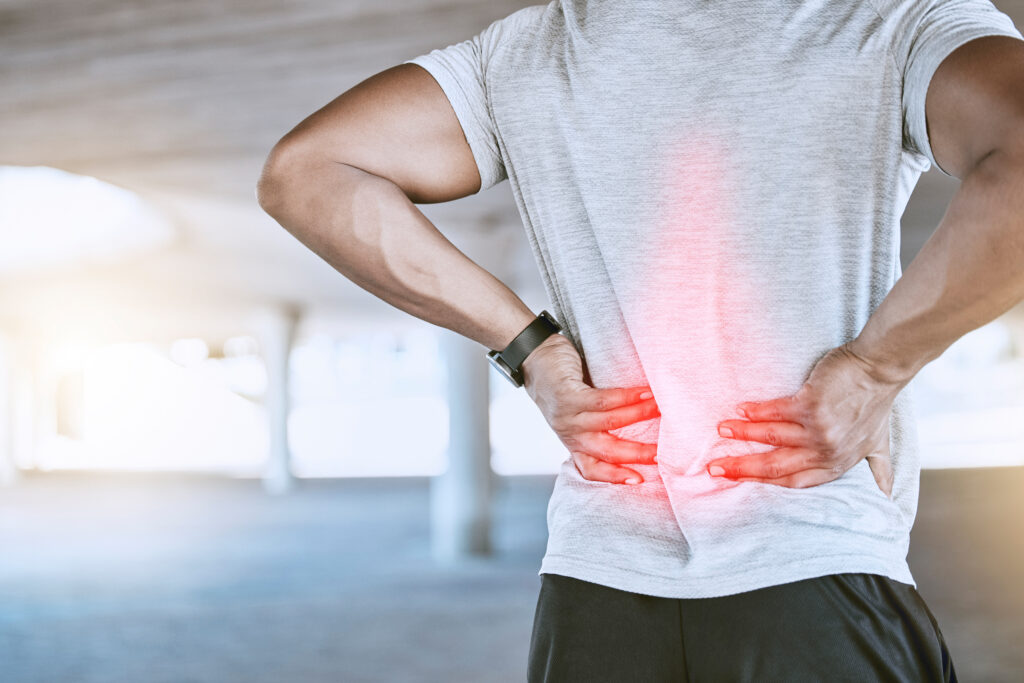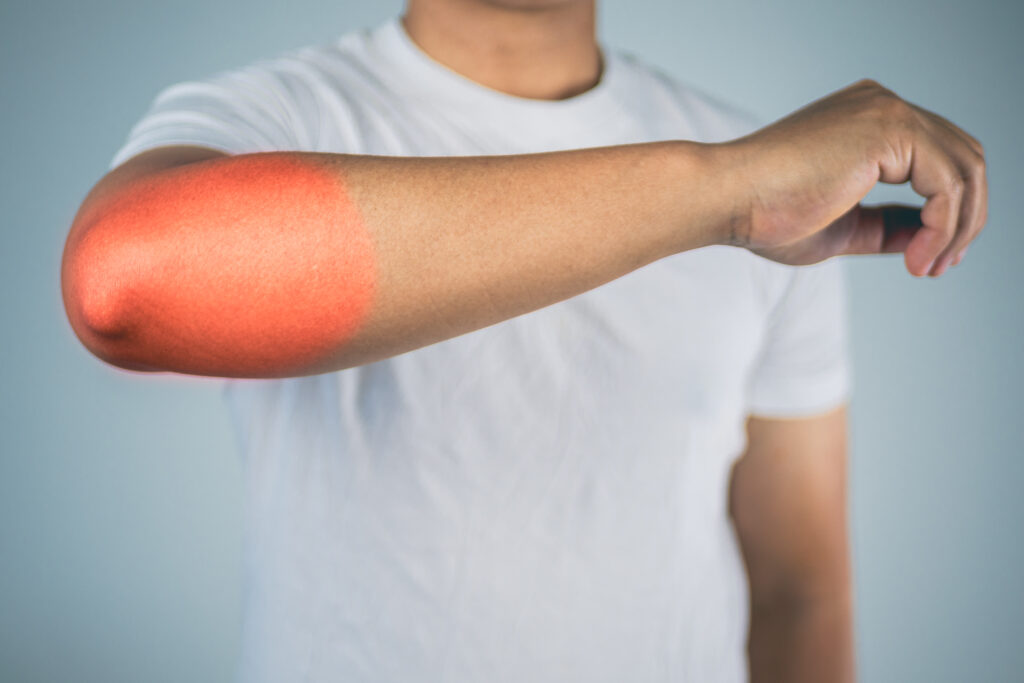As a local chiropractor, I understand how challenging it can be to cope with lower back pain and its impact on your everyday life. Many people are unaware of the effective treatments available that can be tailored to your individual needs. Chiropractic care, alongside other natural healing methods, can significantly help relieve your discomfort.
One of the primary benefits of chiropractic adjustments is that they focus on aligning your spine and improving your overall mobility. This can alleviate pressure on your nerves and muscles, promoting better function and relief from pain. In addition to chiropractic care, heat and cold therapy can also be beneficial, soothing inflamed areas and enhancing circulation.
Furthermore, physical therapies such as massage can complement chiropractic treatments by relaxing tight muscles and improving blood flow. Many patients find that incorporating alternative therapies, like acupuncture, can provide additional relief by targeting specific pain points in the body.
If you're unsure which treatment options will be most effective for you, I encourage you to explore the full range of possibilities. Understanding the various approaches available, including chiropractic care, can guide you toward a more effective solution for your lower back pain. Together, we can develop a personalized plan that addresses your unique needs and helps you regain control over your life.
Heat Therapy
As a local chiropractor, I want to share with you the benefits of heat therapy for alleviating lower back pain. This approach is simple yet incredibly effective. When you apply heat to your lower back, it enhances blood flow to the area, promoting healing and helping to relax tight muscles. This can be particularly helpful if you're dealing with muscle strain or tension.
There are various heat sources you can use to find relief. For instance, electric heating pads allow for adjustable temperatures and can be conveniently used while you're sitting or lying down. If you're looking for a more natural option, consider taking a warm bath or shower; these can also help to relax your muscles and soothe pain.
Just remember, it's important to limit your heat application to about 15 to 20 minutes to prevent any discomfort. Listening to your body is crucial. If you experience any discomfort or increased pain while using heat therapy, it's wise to stop and consult with a healthcare professional—such as myself.
It's essential to note that heat therapy is most effective for chronic pain or muscle stiffness, rather than acute injuries. Incorporating heat therapy into your daily routine can be quite beneficial. You might make it part of your relaxation time while watching TV or reading a book.
Regular application of heat can provide ongoing relief, making your daily activities much more manageable. So, whether it's a heating pad or a warm bath, I encourage you to embrace the warmth and let it help ease your lower back pain. Your body will thank you!
Cold Therapy
As a local chiropractor, I want to share with you how cold therapy can be an effective tool in managing lower back pain.
This natural approach not only helps reduce inflammation but also numbs the affected area, offering quick relief that can complement your overall healing process.
Let's delve into how you can effectively apply cold therapy to achieve the best results for your back health.
Benefits of Cold Therapy
As a local chiropractor, I often recommend cold therapy to my patients who are experiencing lower back pain. This natural healing method can offer immediate relief by applying cold to the affected area. When you do this, the cold temperature helps to constrict blood vessels, which effectively reduces inflammation and swelling. This process can significantly alleviate your pain and provide a sense of comfort, making it easier for you to move around without discomfort.
One of the key benefits of cold therapy is its ability to slow down nerve impulses in the affected region. This can help decrease muscle spasms, which is especially useful if you're also feeling tightness or cramping in your back. By using cold packs, you can promote quicker recovery, as this approach minimizes tissue damage and supports the healing process.
You may be surprised to learn just how effective cold therapy can be, whether you're dealing with acute pain from an injury or chronic pain that has lingered over time. It's a simple and non-invasive technique that doesn't require much preparation. You can seamlessly add it to your daily routine, whether you're taking time to relax at home or winding down after a busy day.
Incorporating cold therapy into your self-care regimen is an excellent way to manage pain naturally and enhance your overall well-being. If you're curious about how to utilize this method or have any questions about chiropractic care, feel free to reach out during your next visit!
Application Techniques Explained
As a local chiropractor, I want to share some valuable insights on how to effectively use cold therapy for relieving lower back pain. It's a simple yet powerful method that can enhance your healing process.
First, it's crucial to choose the right tool for cold therapy. I recommend using a cold pack or even a bag of ice wrapped in a thin cloth. This protective layer prevents frostbite while still allowing the cold to penetrate and soothe the affected area.
When you're ready to apply the cold therapy, find a comfortable position—whether lying down or sitting. Place the cold pack on the painful area for about 15 to 20 minutes. If you opt for ice, make sure to check your skin frequently to ensure it isn't getting too cold. You can repeat this process every hour, especially during the first 48 hours after you start feeling discomfort.
To further alleviate strain on your lower back, consider elevating your legs while you apply the cold pack. If you don't have a cold pack available, a bag of frozen vegetables can serve as a great alternative. Just remember to take breaks between applications to let your skin warm back up to its normal temperature.
Lastly, it's important to avoid placing ice directly on your skin, as this can lead to damage. By following these techniques, you can maximize the benefits of cold therapy and minimize any potential side effects.
I'm here to help you on your journey to better health and relief from pain, so don't hesitate to reach out if you have any questions!
Physical Therapy
Chiropractic care is a vital component in addressing lower back pain, offering a natural approach that focuses on enhancing your body's ability to heal itself. When you first visit a chiropractor, we'll conduct a thorough assessment of your condition to identify the underlying issues contributing to your discomfort. This individualized approach ensures that the care you receive is specifically tailored to your needs, rather than relying on a generic treatment plan.
During your sessions, we'll often concentrate on spinal adjustments and specific exercises designed to improve your mobility and strength. Chiropractic adjustments help realign the spine, which can relieve tension in the surrounding muscles and reduce pain.
In addition, we may incorporate stretching and strengthening exercises to improve flexibility and build the core muscles that support your spine. This combination not only alleviates pain but also promotes better posture and stability.
As you progress in your treatment, your chiropractor will continually reassess your condition and adapt your care plan to ensure it aligns with your healing journey. You'll also learn essential body mechanics and posture techniques that are crucial for preventing future injuries. This knowledge empowers you to take an active role in managing your back pain and overall health.
In addition to in-office visits, we may suggest a home care regimen that reinforces the principles and exercises introduced during your appointments.
Chiropractic Adjustments
As a local chiropractor, I want to share how receiving chiropractic adjustments can significantly improve your lower back pain. If you've been dealing with discomfort, these specific adjustments can help realign your spine and enhance your overall mobility.
Using hands-on techniques, I manipulate the spine to ensure that your body's musculoskeletal system functions efficiently. Many of my patients experience long-lasting benefits from regular adjustments.
Let's explore some key advantages of chiropractic adjustments for lower back pain:
- Pain Reduction: One of the most immediate benefits of adjustments is a notable decrease in pain levels, allowing you to participate in daily activities with greater ease.
- Improved Range of Motion: You may also find that your flexibility and movement improve, which can significantly enhance your quality of life.
- Enhanced Posture: Chiropractic care is effective in correcting misalignments, which promotes better posture and reduces strain on your back.
- Natural Approach: My adjustments provide a non-invasive, drug-free solution for pain relief, helping you minimize reliance on medications.
- Holistic Benefits: Beyond alleviating pain, chiropractic care can contribute to your overall wellness, improving sleep quality and reducing stress levels.
Each chiropractic adjustment is customized to meet your specific needs, making our approach a personalized method for treating your lower back pain.
As you consider this option, I encourage you to consult with me or another qualified chiropractor who can assess your condition and create a tailored treatment plan for you.
Embrace the potential of chiropractic adjustments and take the first step toward a pain-free life!
Massage Therapy
As a local chiropractor, I want to share how massage therapy can be an effective tool in managing lower back pain and enhancing your overall well-being. This hands-on treatment focuses on the muscles and soft tissues around your lower back, helping to alleviate tension and boost circulation.
When you receive a massage, I often recommend targeting specific areas that may be tight or strained, which can provide lasting relief rather than just a temporary fix.
One of the key advantages of massage therapy is its ability to reduce muscle stiffness. If you've been struggling with chronic pain, you may find that tight muscles can intensify your discomfort. By relaxing these muscles, massage therapy can improve your mobility and flexibility, making everyday activities more manageable and less painful.
Moreover, massage therapy encourages the release of endorphins—your body's natural pain relievers. This can significantly lessen your perception of pain, allowing you to enjoy life without the burden of persistent lower back discomfort.
Regular massage sessions can also help alleviate stress, which often contributes to muscle tension and pain.
Before beginning any treatment, I recommend consulting with your healthcare provider to ensure that massage therapy is appropriate for your individual condition. They may suggest specific techniques, such as deep tissue or trigger point therapy, that can be particularly beneficial for your lower back pain.
Taking this proactive step can help you fully experience the benefits of massage and find the relief you're looking for.
Over-the-Counter Medications
As a chiropractor dedicated to your health and well-being, I want to share some insights about finding relief from lower back pain, particularly through the use of over-the-counter medications. While these options can be convenient and accessible for many, it's important to understand how they fit into a broader approach to healing.
Over-the-counter medications, such as nonsteroidal anti-inflammatory drugs (NSAIDs) like ibuprofen and naproxen, can help reduce inflammation and alleviate mild to moderate pain. Acetaminophen is another option, serving as an alternative if NSAIDs aren't suitable for you, though it doesn't address inflammation directly.
Here are some essential points to consider when using these medications for lower back pain:
- NSAIDs: Effective in lowering inflammation, these can provide temporary relief from discomfort.
- Acetaminophen: Useful for pain relief, but be aware that it won't tackle any underlying inflammation issues.
- Dosage: It's crucial to adhere to the recommended dosage on the packaging. If you have any questions or uncertainties, please reach out to a healthcare professional for guidance.
- Duration: Over-the-counter medications are best used for short-term relief. Extended use can lead to unwanted side effects, which is why it's important to consider other forms of treatment.
- Consultation: If your pain continues despite medication, I encourage you to consult with a healthcare provider, such as a chiropractor, for a comprehensive evaluation and personalized treatment options.
While over-the-counter medications can offer quick relief, I believe in a holistic approach to healing that addresses the root causes of pain. Chiropractic care focuses on restoring proper alignment and function to the spine and musculoskeletal system, which can lead to long-term relief and improved health.
If you find that these medications aren't providing the relief you need, or if you're interested in exploring natural healing methods, I invite you to discuss your concerns with me. Together, we can explore a variety of treatment options aimed at not just alleviating pain but also enhancing your overall well-being.
Prescription Medications
When over-the-counter remedies aren't providing the relief you need for your lower back pain, it may be time to explore other options, such as prescription medications.
As your local chiropractor, I want to help you understand the different types of medications that are available, each designed to address specific needs.
However, it's essential to remember that these medications are just one piece of the puzzle.
Many patients find that combining chiropractic care with natural healing methods can lead to more effective long-term relief.
It's important to discuss any medications with your healthcare provider and follow their dosage and administration guidelines closely to ensure you achieve the best results while minimizing potential risks.
Types of Prescription Medications
As a local chiropractor dedicated to helping you manage lower back pain, I want to share some insights about prescription medications and how they fit into a holistic approach to healing. While medications can provide temporary relief, my focus is on addressing the underlying issues through natural healing methods.
Here are some common types of prescription medications that are often discussed in the context of back pain management:
- NSAIDs (Nonsteroidal Anti-Inflammatory Drugs): These are commonly used to reduce inflammation and relieve pain, but they can have side effects with long-term use. I encourage exploring natural anti-inflammatory options, like dietary changes or supplements.
- Muscle Relaxants: While these can help alleviate muscle spasms, they often mask the problem rather than solve it. Chiropractic adjustments can effectively address muscle tension and restore proper function.
- Opioids: These strong pain relievers may be prescribed for severe pain, but they come with a risk of dependency and are typically intended for short-term use. I believe in empowering patients with non-invasive techniques to manage pain without relying on opioids.
- Antidepressants: Some may be prescribed to manage chronic pain by altering pain perception, even in the absence of depression. However, I encourage patients to consider the mind-body connection and explore stress-relief techniques and counseling as alternatives.
- Corticosteroids: While effective in reducing inflammation, these are often injected directly into the affected area. Chiropractic care can promote natural healing and reduce the need for such interventions.
It's important to remember that each medication has its own benefits and risks. As your chiropractor, my goal is to help you understand your options and guide you toward a natural approach that focuses on healing your body as a whole.
Dosage and Administration Guidelines
Understanding how to properly manage your pain through natural healing methods is crucial for effective relief, especially when dealing with lower back pain. As a chiropractor, I want to emphasize the importance of following a structured approach to your care.
When you begin treatment, it's essential to adhere to the recommendations provided. Always stick to the plan we discuss during your visits, and don't hesitate to reach out if you have any concerns about your progress.
While chiropractic care focuses on spinal adjustments and holistic approaches, it's important to complement these treatments with proper self-care. Make sure to stay hydrated and consider the impact of your diet on your overall health. Eating nutritious meals can help support your body's healing process.
If you ever miss a scheduled appointment, try to reschedule it as soon as possible rather than doubling up on visits. Consistency is key, and I'm here to guide you through your recovery journey.
Be mindful of how your body responds to treatment. If you experience any discomfort or unusual symptoms, please communicate with me right away. It's important to keep a record of any other health treatments you might be undergoing, as this can help us tailor your care more effectively.
Lastly, always store any natural remedies or supplements in a cool, dry place, out of reach of children.
Acupuncture
As a local chiropractor, I want to share insights about how acupuncture, a well-respected alternative therapy, can help provide significant relief for lower back pain. This ancient practice involves the precise insertion of thin needles into specific points on the body, aimed at stimulating the flow of energy, or "qi." Many of my patients have found that acupuncture not only helps alleviate their pain but also contributes to their overall wellness.
Here are some benefits you may experience with acupuncture:
- Pain Reduction: Research indicates that acupuncture can effectively reduce lower back pain, making it a valuable option for those suffering from discomfort.
- Improved Blood Flow: The insertion of needles can enhance circulation, which may help accelerate the healing process in the affected areas.
- Stress Relief: Acupuncture has been shown to lower stress levels, which can often lead to muscle tension and exacerbate pain.
- Enhanced Mobility: Many individuals report experiencing an improved range of motion after receiving treatment.
- Non-Invasive: Unlike surgical interventions or certain medications, acupuncture is a non-invasive therapy that typically presents minimal side effects.
When you come to my office, I'll take the time to assess your symptoms and develop a personalized treatment plan that may include acupuncture as part of your care. Open communication about your pain and any other health concerns is essential for effective treatment.
Generally, a series of sessions may be recommended to achieve the best outcomes. While acupuncture may not be suitable for everyone, many patients find it to be an effective complementary therapy in their pain management strategy.
I always encourage you to consult with your healthcare provider to determine if acupuncture aligns with your treatment goals. Additionally, it's important to choose a licensed practitioner to ensure safety and effectiveness.
With the right approach, acupuncture may be the key to unlocking relief from your lower back pain, enhancing your overall quality of life.
Exercise and Stretching
As a local chiropractor, I want to emphasize the importance of incorporating exercise and stretching into your daily routine to alleviate lower back pain and enhance your overall mobility. Regular physical activity plays a crucial role in strengthening the muscles that support your spine, which in turn helps promote better posture and reduces strain on your back.
I recommend aiming for a balanced routine that includes aerobic exercises, such as walking or swimming, in addition to strength training that focuses on your core, hips, and lower back. These activities not only support your spinal health but also contribute to your overall well-being.
Starting with gentle stretching is essential for increasing flexibility and relieving tension in your muscles. Simple stretches, like the cat-cow stretch, child's pose, and hamstring stretches, can effectively ease tightness in your lower back and the surrounding areas. Remember to hold each stretch for about 20-30 seconds and breathe deeply throughout the process. You should feel a gentle pull during these stretches, but avoid any pain.
As you become more comfortable with your routine, consider adding strength exercises like bridges and planks. These movements will help build stability and support for your lower back, which is vital for maintaining a healthy spine. Aim for at least 30 minutes of activity most days of the week, and feel free to break it up into shorter sessions if that works better for you.
Always listen to your body—if you experience pain while exercising, it's important to modify the movement or consult a healthcare professional for guidance. Consistency is key, so I encourage you to find activities that you genuinely enjoy to help you stick with your routine.
Mindfulness and Relaxation Techniques
As a local chiropractor, I want to share with you some valuable techniques that can significantly enhance your experience in managing lower back pain. While chiropractic care focuses on spinal adjustments and improving your overall alignment, incorporating mindfulness and relaxation techniques into your routine can further support your healing journey.
These practices not only help you become more aware of your body but also assist in reducing stress, which can often intensify pain.
Here are some techniques I recommend to promote relaxation and mindfulness:
- Deep Breathing: Take a moment to inhale deeply through your nose, hold it for a few seconds, then slowly exhale through your mouth. This method can help calm your nervous system and create a sense of peace.
- Meditation: Dedicate a few minutes each day to sit quietly and focus on your breath or a soothing image. This simple practice can significantly lower stress levels and enhance your perception of pain.
- Progressive Muscle Relaxation: Begin by tensing and then relaxing each muscle group in your body, starting from your toes and working your way up to your head. This technique is effective in releasing physical tension and promoting relaxation.
- Mindful Walking: As you walk, pay close attention to each step you take, noticing how your feet connect with the ground. This practice encourages mindfulness and can help alleviate discomfort.
- Yoga: Consider engaging in gentle yoga practices that emphasize mindfulness and body awareness. These exercises can improve your flexibility and help reduce tension in your muscles.
By integrating these mindfulness and relaxation techniques into your routine, you aren't just addressing the physical aspects of your lower back pain; you're also nurturing your mental wellbeing, which is an essential part of the healing process.
Together with chiropractic care, these practices can lead to a more holistic approach to managing pain and enhancing your overall health.
Conclusion
As a local chiropractor dedicated to helping my patients understand the benefits of chiropractic care and natural healing, I want to emphasize that combining various treatments can significantly enhance your relief from lower back pain. Whether it's through heat therapy, chiropractic adjustments, or mindfulness techniques, discovering the right approach for your individual needs is crucial. I encourage you to explore different options and maintain open communication with me about your concerns and preferences. By taking a proactive stance in your care, you can effectively manage your pain and elevate your overall quality of life. Remember, consistency in your treatment plan is vital for achieving lasting relief!



